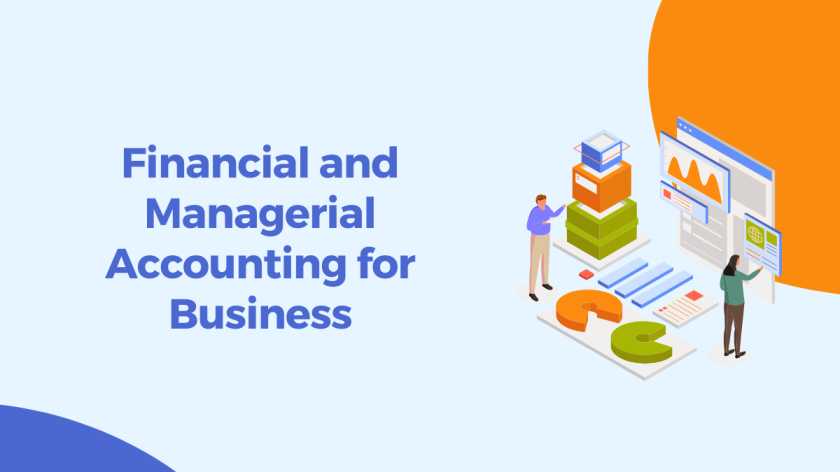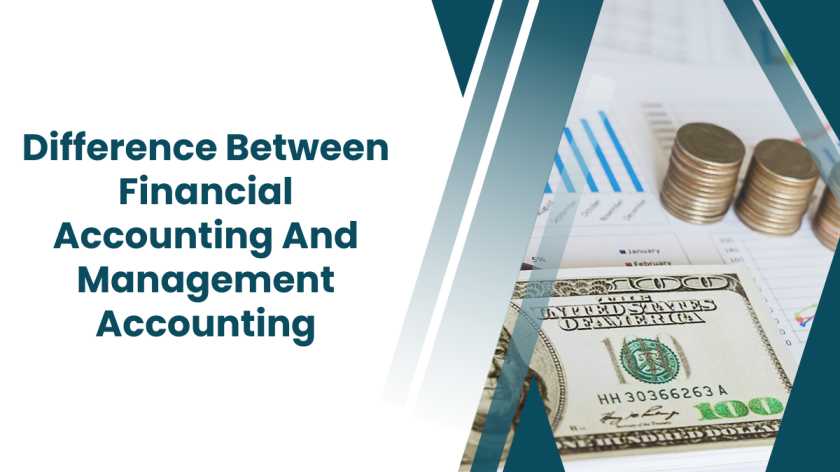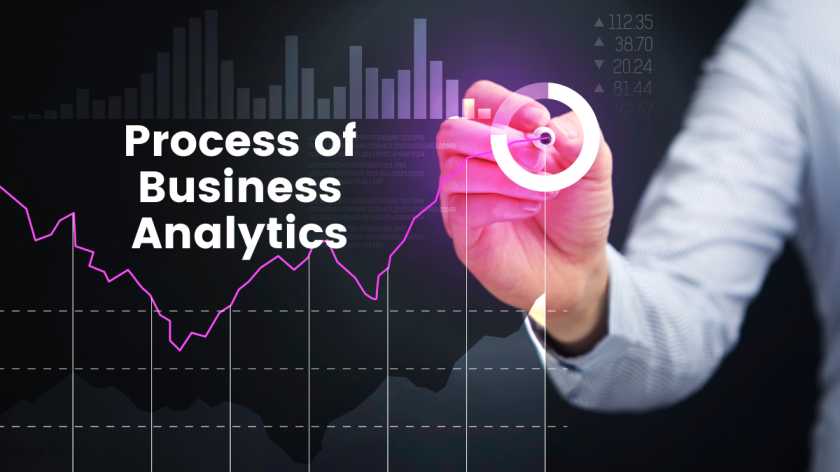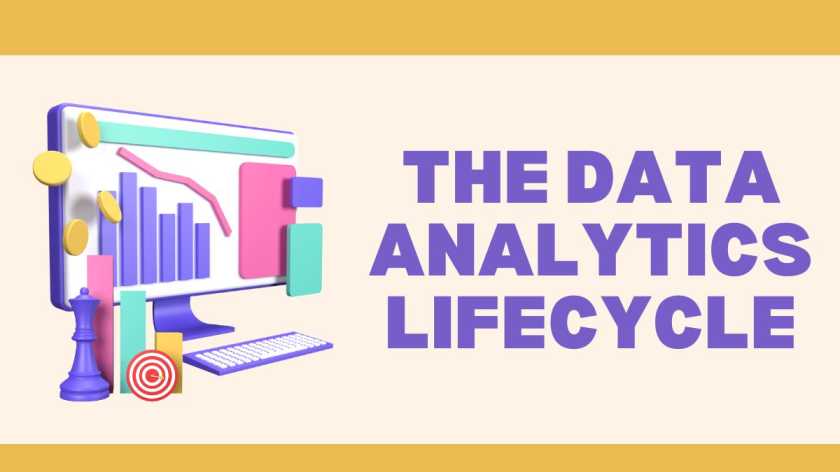In the world of marketing and sales, price is not just a number on a tag, it is a strategic lever that can make or break your success. Think of a perfectly crafted marketing campaign generating a flood of leads as an example, only to have them vanish at the sight of your pricing. Conversely, a well-defined pricing strategy can not only influence customer perception but also propel your brand image towards premium status.
This is where having a strategic approach to pricing becomes crucial. In today’s competitive landscape, simply guessing or mimicking competitors will not suffice. Well-defined pricing methods take into account a multitude of factors, from customer value perception to market trends, ensuring your price point not only reflects your product’s worth but also fuels your business’s profitability. I will delve into core pricing strategies in marketing and sales in this article and we will explore how to leverage them for both marketing and sales.
Mapping Your Pricing Territory
Before setting sail on your pricing adventure, a thorough exploration of the landscape is essential. Here is where market research comes in as your compass to navigate the competitive waters. By analysing competitor pricing strategies, you gain valuable insights into market trends and identify potential price gaps where your offering can shine.
But price is not a one-size-fits-all proposition. Understanding customer price sensitivity, which is how willing customers are to pay for your product or service, is equally important. This can be achieved through surveys, focus groups, or by analysing customer behaviour data.
Another key element is customer segmentation. Dividing your target audience into distinct groups based on shared characteristics like demographics, needs, or buying behaviours allows you to tailor your pricing strategy to resonate with each segment. For instance, a student segment might be more price-sensitive, while a segment of professionals might value premium features and be willing to pay a higher price.
Finally, do not set sail without a clear understanding of your internal costs. Factoring in production costs, marketing expenses, and your desired profit margin helps establish a baseline price floor that ensures your business remains healthy. By considering these elements such as competitor pricing, customer sensitivity, segmentation and internal costs, you can create a pricing strategy that is both competitive and profitable.
4 Core Pricing Strategies in Marketing and Sales
Now that you have mapped your pricing landscape, it is time to equip yourself with the essential pricing strategies in marketing and sales. Here, we will delve into four key approaches, each offering a unique perspective on setting the right price.
1. Value-Based Pricing: The Customer at the Heart
Value-based pricing shifts the focus from production costs to the perceived value your product or service delivers to the customer. In essence, you are asking, “What problem does my offering solve? How much is that solution worth to my customers?” By understanding your customer’s needs and quantifying the value you provide, you can justify a higher price point.
Communicating the Value Proposition
Effectively communicating your value proposition is paramount for success with value-based pricing. Here are some strategies:
- Highlight quantifiable benefits: Do not just list features; showcase how they translate into concrete benefits for the customer. For example, instead of simply stating “increased productivity,” quantify it as “saves X hours per week.”
- Focus on customer pain points: Address the challenges your target audience faces and demonstrate how your product alleviates those pain points. This creates a sense of urgency and willingness to pay a premium for the solution.
- Use customer testimonials and case studies: Real-world examples from satisfied customers can powerfully illustrate the value your product delivers.
Real-World Example: Dollar Shave Club
Dollar Shave Club disrupted the razor market with a value-based pricing strategy. They focused on the frustration of expensive, over-hyped razors and offered a high-quality, convenient alternative at a significantly lower price. By clearly communicating the value proposition which is quality razors delivered directly to your doorstep at a fraction of the cost, Dollar Shave Club achieved immense success.
2. Competitive Pricing: Navigating the Market Currents
Competitive pricing involves setting your price based on what similar products or services cost in the market. These types of pricing methods in marketing and sales can be a good starting point, especially when entering a new market or targeting a price-sensitive audience.
Common Competitive Pricing Strategies in Marketing and Sales
- Price Matching: Match the prices of your direct competitors to remain competitive and gain customer consideration.
- Leader Pricing: Offer a low introductory price to attract new customers and gain market share. This can be effective for new product launches or subscription services.
- Premium Pricing: Position your product or service as high-end and luxurious, justifying a higher price point through superior quality, exclusive features, or exceptional customer service. Think Apple products or high-end designer clothing.
Case Study: Amazon and Price Matching
Amazon is a master of competitive pricing. They constantly monitor competitor prices and use dynamic pricing algorithms to adjust their own prices in real time. This ensures they remain competitive and often offer the lowest price, attracting a vast customer base.
3. Cost-Plus Pricing: A Straightforward Approach
Cost-plus pricing method in marketing and sales involves adding a markup to your product’s production cost to arrive at a selling price. This strategy is simple to implement, but it has limitations.
Limitations of Cost-Plus Pricing
- Neglects customer value: This approach does not consider the value proposition and may not reflect what customers are willing to pay.
- Price wars: If solely focused on covering costs, you might end up in a race to the bottom with competitors, sacrificing profitability.
Scenarios for Cost-Plus Pricing
While generally not the most strategic approach, cost-plus pricing can be relevant in specific situations:
- New businesses: If you are a new company with limited market data, cost-plus pricing can provide a starting point while you gather customer insights.
- Commoditised products: For basic, undifferentiated products, cost-plus pricing might be sufficient as competition focuses primarily on price.
4. Psychological Pricing: The Power of Perception
Psychological pricing leverages the way human minds perceive prices to influence buying behaviour. These tactics tap into subconscious biases to make customers feel like they are getting a good deal.
Common Psychological Pricing Strategies in Marketing and Sales
- Charm Pricing: Ending prices in $.99 creates the perception of a lower price compared to a rounded number.
- Price Bundling: Offer multiple products at a discounted price compared to buying them individually. This creates a sense of value and encourages customers to purchase more.
- Anchoring: Set a high initial price followed by a lower “sale” price. The initial price creates a reference point, making the sale price seem more appealing. Think MSRP vs. “sale price” on clothing.
Examples of Psychological Pricing
Many companies use these techniques effectively. Grocery stores strategically place higher-priced items at eye level, while airlines often display a high initial price for a desirable route or seat, followed by a seemingly endless list of lower-priced options with more restrictions (e.g., extra legroom, checked baggage) to make their base price seem more attractive. Here are a few examples:
- Limited-time offers: Scarcity and urgency can trigger impulse purchases. Phrases like “limited-time offer” or “only X left in stock” create a sense of missing out and encourage customers to buy quickly.
- Free shipping thresholds: Offering free shipping above a certain purchase amount incentivises customers to spend more to reach that threshold.
Choosing the Right Core Pricing Strategy
The ideal pricing strategy depends on your specific business model, target audience, and product or service offering. Consider these factors when making your decision:
- Value proposition: How much value does your offering provide to customers?
- Target market: Are you targeting a price-sensitive or value-conscious audience?
- Competition: How are your competitors priced?
- Product differentiation: What makes your offering unique and worth a premium price?
Sales and marketing courses can help you learn how to choose the right pricing methods in more detail.
Pricing and the Bridge Between Marketing and Sales
Your pricing strategy is not an island and it plays a vital role in both your marketing and sales efforts. By fostering a strong connection between pricing, marketing, and sales, you create a cohesive strategy that positions your product or service effectively, attracts the right customers, and ultimately drives sales growth. Here is how to leverage pricing to bridge the gap and fuel success:
Marketing and Pricing Methods
- Targeted Messaging: Pricing strategy informs your marketing message. Value-based pricing allows you to highlight the unique benefits your product offers, justifying your price point. Conversely, competitive pricing might require emphasising features that differentiate you from competitors.
- Segmentation Savvy: Customer segmentation becomes even more potent when combined with pricing. You can tailor marketing campaigns and messaging to resonate with different price sensitivity levels within your target segments.
- Campaign Calibration: Pricing strategy directly impacts your marketing campaigns. For instance, promoting a premium product might require a more sophisticated marketing approach compared to a budget-friendly option.
Sales and Pricing Methods
- Negotiation Navigation: Understanding customer price sensitivity empowers your sales team to navigate negotiations effectively. They can anticipate objections and tailor their approach based on a customer’s willingness to pay.
- Value-Based Selling: Value-based selling techniques become crucial when justifying your pricing. Equipping your sales team to translate product features into quantifiable benefits strengthens their ability to demonstrate the value proposition and secure deals.
- Sales Savvy: Sales training should integrate pricing strategies and objection handling. Role-playing exercises can equip your team to confidently address customer concerns about price and highlight the value your offering delivers.
Advanced Pricing Tactics for the Modern Marketplace
The core pricing strategies we have explored are a solid foundation, but the pricing landscape offers even more possibilities. Exploring these advanced techniques, alongside the core strategies, empowers you to craft a truly dynamic pricing approach that adapts to market fluctuations and maximises profitability in the ever-evolving digital landscape. Remember, the optimal pricing strategy is a continuous exploration, and staying informed about these advancements can give your business a significant edge.
For businesses seeking a competitive edge, consider venturing into these advanced pricing methods:
- Dynamic Pricing: This approach adjusts prices based on real-time factors like demand, competitor pricing, and customer behaviour. Airlines and ride-sharing services often leverage dynamic pricing to optimise revenue.
- Freemium Model: This strategy offers a basic version of your product or service for free, with premium features or functionalities available for a fee. This can be a great way to attract a large user base and convert some to paying customers.
- Subscription Pricing: This model provides access to your product or service for a recurring fee, often monthly or annually. Subscription pricing creates predictable revenue streams and fosters customer loyalty.
Wrapping Up
In this guide, we have covered the core pricing strategies in marketing and sales while exploring how to leverage them for both marketing and sales. You now know exactly how important these pricing strategies are for businesses. Always remember that pricing is not a one-time decision, it is an ongoing journey of exploration and refinement.
I also want you to remember that you should continuously monitor market trends, gather customer feedback through surveys or A/B testing, and finally, do not be afraid to experiment. The perfect pricing strategies in marketing and sales are the one that optimises profitability, align with your business goals, and resonate with your target audience.
Enrol in the Chief Business Officer Programme by Imarticus Learning in collaboration with IIM Udaipur to take your career to new heights. This programme will teach you everything you need to know about the essential pricing strategies for marketing and sales.
Frequently Asked Questions
- I am overwhelmed by all these pricing strategies. Which one should I use?
There is no one-size-fits-all answer. The best pricing strategy depends on several factors such as your product or service, target market, competition, and business goals. This course will equip you to analyse these factors and choose the strategy that optimises your profitability and sales.
- My competitors are offering lower prices. How can I compete without sacrificing profit?
Understanding your competitor’s pricing strategy is crucial. However, focusing solely on undercutting them can lead to a price war. This course explores value-based pricing, which helps you set prices based on the perceived value your product offers to customers, allowing you to compete effectively without compromising profit margins.
- How can I ensure my sales team effectively communicates the value proposition to justify our pricing?
Pricing goes hand-in-hand with effective communication. This Chief Business Officer program emphasises how to translate pricing strategies into clear messaging for your sales team. You’ll learn how to communicate the unique value your product or service delivers to customers, justifying your pricing decisions and closing more deals.
- Is this Imarticus program relevant for B2B (business-to-business) sales as well?
While some strategies might require adaptation, understanding core pricing concepts is essential for B2B sales as well. The sales, marketing and business course explores strategies relevant to negotiating with businesses, considering factors like cost structures and long-term contracts when developing your pricing approach.











